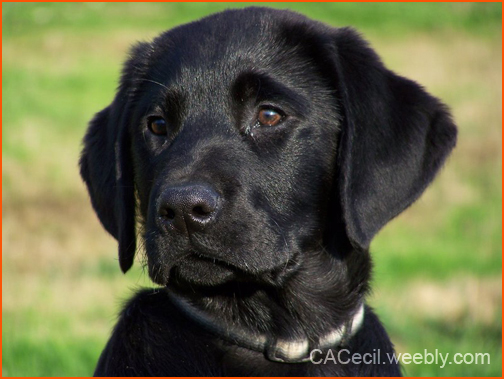Bringing Home a New Puppy (Dunbar)
This post is part of the series in response to Dunbar’s 2012 Australian seminars. See index.
When a person buys a new puppy, they need instructions on what to do right away. Any delay means that mistakes will be made and, potentially, the puppy will begin to display ‘bad habits’. Within 3 days these bad habits can form, and these type of habits are normally the behaviour problems that result in dogs being surrendered to rescue later in life.
Dunbar has produced two great publications called Before You Get Your Puppy and After You Get Your Puppy. Dunbar allows these materials to be freely distributed, and even has options to brand these materials (for example, with a dog training business name) before distribution – so both business owners and puppy buyers (and puppies!) benefit.
When a puppy buyer brings a puppy home, they should have ready for them:
- A long term confinement area,
- A short term confinement area (i.e. a crate),
- Food toys, like Kongs (at least 6) to feed the puppy from.
The puppy should be confined to the long-term confinement area when their owner is not home, and be crated when they are home (or directly supervised). Every hour the puppy should be taken to a toileting area, where the owner stands still and waits for the puppy to elimination. The puppy should receive 3 treats after elimination, and then take the puppy for a walk (as a reward). The puppy should not be taken inside immediately, as some puppies find this punishing.
What can breeders do?
Breeders should begin toilet training and chew-toy training puppies before they go to their new homes. Breeders should distribute the Before and After You Get Your Puppy resources to new puppy buyers, and ‘quiz’ them in their content before they take their puppy home. Breeders have a responsibility to say, “No” if a puppy buyer is not ‘ready to go’ as soon as they bring their puppy home. If not, the breeder runs their risk of one of their puppies developing behavioural problems that leads to their shelter intake.
More details on the long term confinement area’s setup will be described in the next post.






